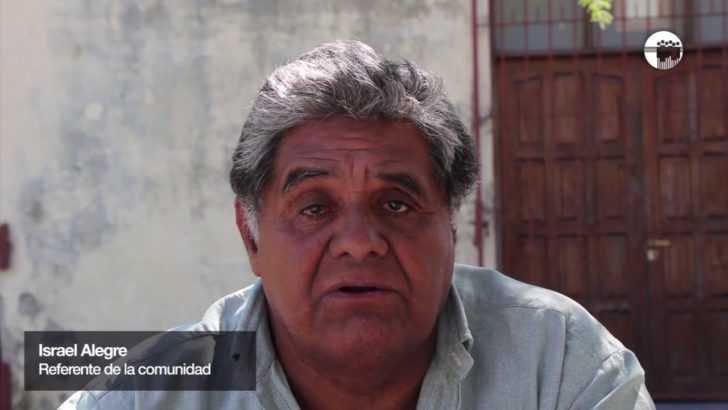On Thursday, December 1 we will accompany the Nam Qom community to a hearing before the Inter-American Commission on Human Rights (IACHR) regarding violent incidents that occurred in August 2002 and the lack of state response.
On the afternoon of August 16, 2002, nearly 100 officers of the Formosa police force laid siege to the Nam Qom community for over 40 hours. On the pretext of investigating the death of an officer on the force, they fired lead bullets and arbitrarily detained more than 80 people, including the elderly and children. They also searched and occupied a number of homes in the community. Many of the victims were threatened, beaten and subjected to torture and cries of “indios de mierda.” While being transferred to police precincts, some detainees were left with disfigured faces. Aside from the bodily beatings, their heads were hit by the high vegetation in the area while in the truck. The victims were isolated, deprived of their liberty and of medical care.
During the illegal operation, chief investigator Héctor Ricardo Suhr and the prosecutor general of the province, Carlos Ontiveros, were present, both of whom backed up the police actions and participated in the gross human rights violations.
These incidents went unpunished due to lack of political and judicial response. For that reason, in 2005 the community had to turn to the Inter-American Commission on Human Rights with support from CELS. In 2011 a hearing was held before the IACHR to discuss the admissibility of the case. Two years later, the Commission admitted the petition and invited the parties to submit their briefs regarding the human rights violations. At present, the Argentine state has not responded to the arguments submitted by CELS in 2013 during written arguments. Tomorrow’s hearing will include testimony by Israel Alegre, spokesperson for the community, and substantive arguments will be developed, prior to the IACHR’s final report.
This violent operation and total lack of state response are not isolated incidents. On the contrary, they illustrate the structural patterns of discrimination and institutional violence against indigenous peoples that occur in Formosa in a context of absolute impunity.

